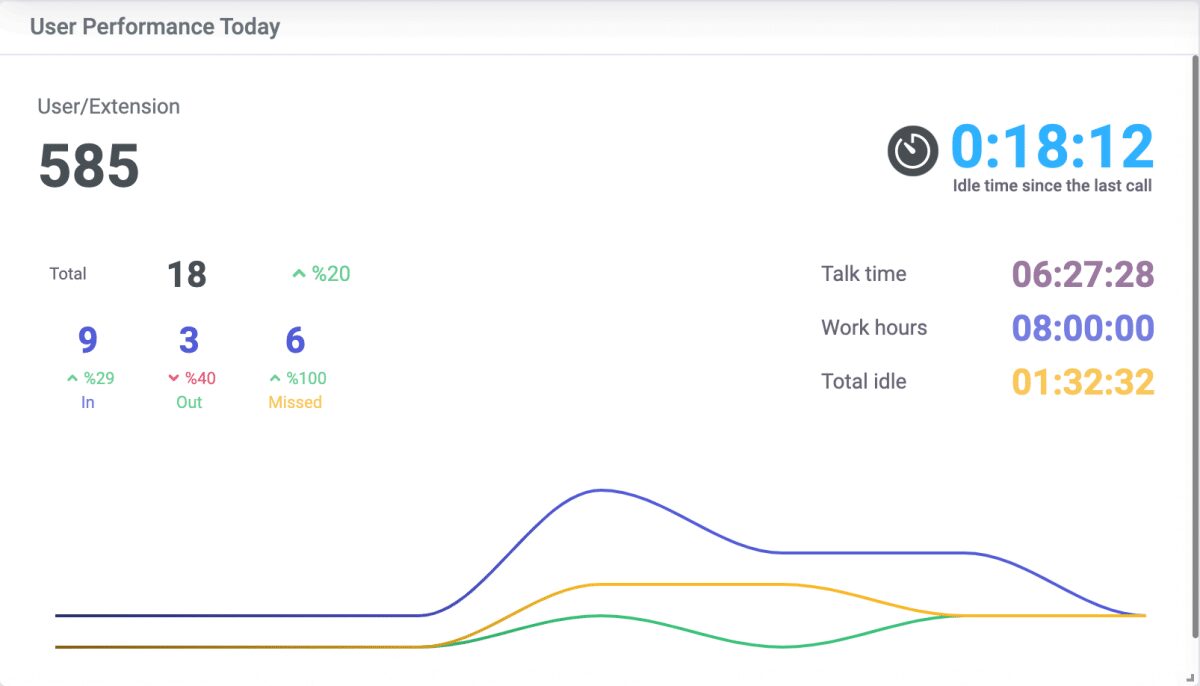I personally have gained much of my core skills through self-teaching. I’m always up to starting to learn something new when I’m free of any responsibilities.
Picking up a new skill or knowledge has its own pitfalls, though. I, as a self-educator, learned a lot from my experiences and have discovered so much about my mistakes.
Here is something that I’ve stuck to the top of my mind and prioritized very greatly before I go straight ahead and learn from where it happens—with investing an equal amount of time for everything that comes along.
No! Now, that approach is totally rejected by me.
For example, if we are intended to follow along a course, it would be a good idea to have a brief list of all the topics covered during the course.
This helps us find the most important topics we are quite unfamiliar with so that when getting to them, we try to learn them more effectively with greater attention.
This also creates motivation to target them and be looking forward to exploring and applying them. The same holds for PBXDom.
After setting up and running PBXDom to monitor and manage your phone calls in your company, you need to spend some very relaxing moments setting up your mind on how to work around it and make great use of this service.
Create a dashboard by simply clicking on the Add Dashboard button. Please choose your desired name and go straight ahead to add some widgets to it.
PBXDom has dozens of widgets ranging from some very seemingly simple to some analytical and useful ones. There is something than 60 widgets available to users to choose from.
Adding a widget on PBXDom is just like a child’s play; going up to the top of a dashboard and clicking on Add Widget. Then up comes a dialog box to choose your widget type and set up some settings for it.
Widgets have got some general settings. But never forget to check the Dynamic Mode check box to have a dynamic time range that changes to keep up with the current date.
Most of the widgets on the PBXDom list are self-explanatory, meaning that any user can figure out the use them by only trusting what their names explicitly imply. A good naming convention helps users save a great deal of time. However, some widely useful widgets require the users to learn about them first. For that, opening up the Dashboard help page and start reading about them is highly recommended.
This ensures that you know whatever you must know about PBXDom to make better use of the service.
Here is the list of all the widgets you should put the time to discover and take advantage of them right in advance:
Average Handle Time
Average Handle Time – Incoming
Average Handle Time – Outgoing
Average Handle Time Gauge
Average Handle Time Gauge – Incoming
Average Handle Time Gauge – Outgoing
Average Time before Answer
Average Time Before Hangup
Concurrent calls – seconds resolution
Concurrent calls – minutes resolution
Concurrent calls – hours resolution
Real-Time Extension Status
Real-Time External Line Queue
Real-Time Queue Status
Real-Time Queue Total Waiting
Collector Status
PBX status
Most of these widgets have some other setting and the general setting, which you have to consider before becoming able to use them.
For the starting point, I suggest you rely on the PBXDom Dashboard help page, which is a great resource to understand all these widgets better.
Although, as always, the PBXDom team is looking forward to receiving your questions and suggestions. We’ll be so glad to hear from you.








